
漢德百科全書 | 汉德百科全书
 Science and technology
Science and technology
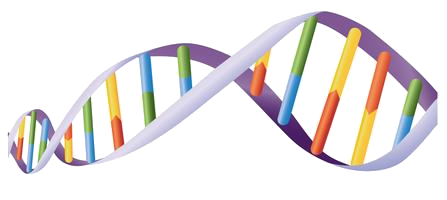



 Energy resource
Energy resource

 Energy resource
Energy resource
 *Nuclear power
*Nuclear power


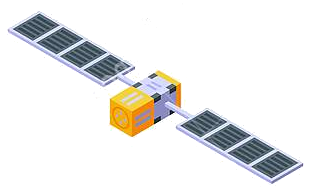
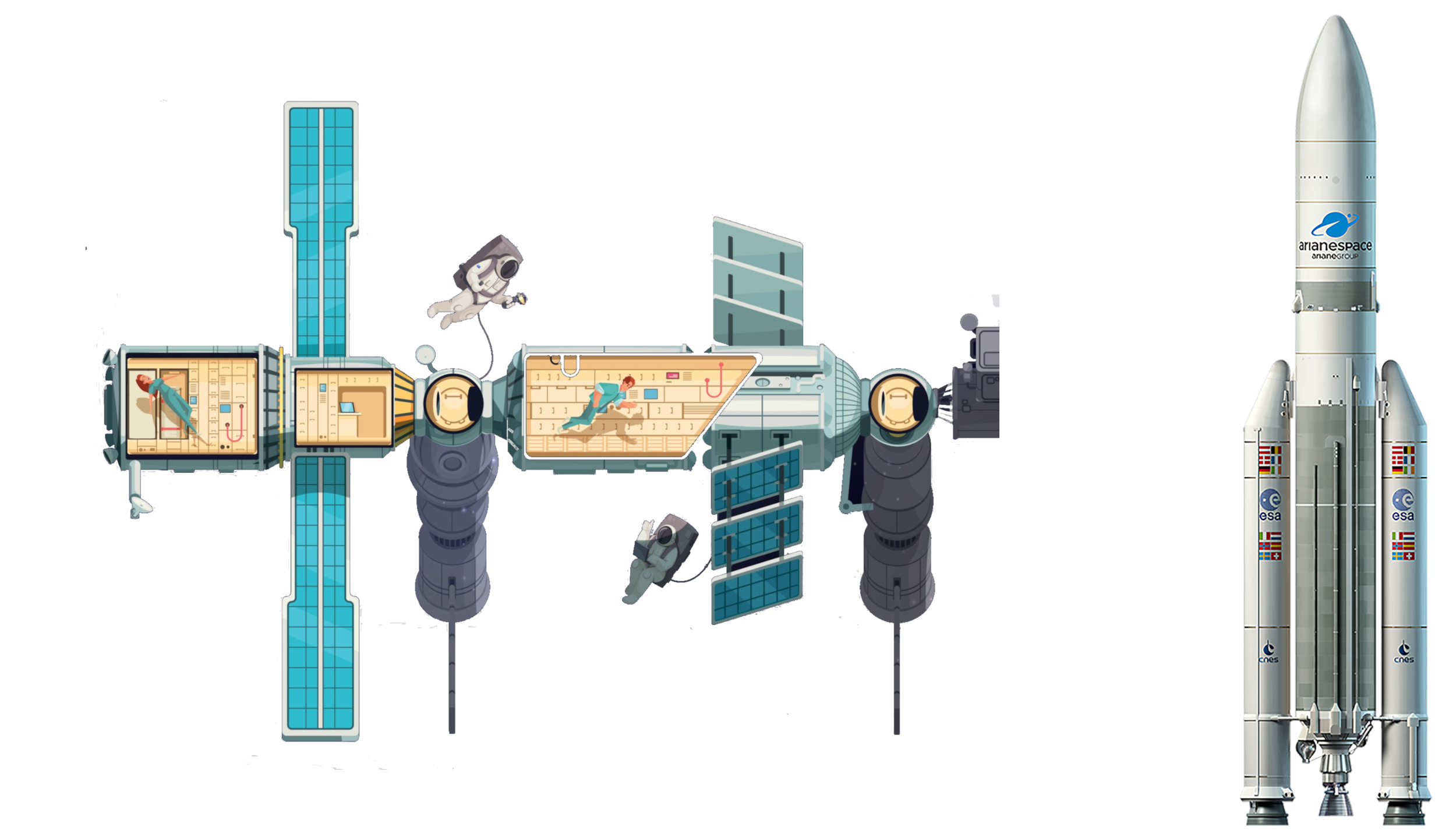 Aerospace
Aerospace


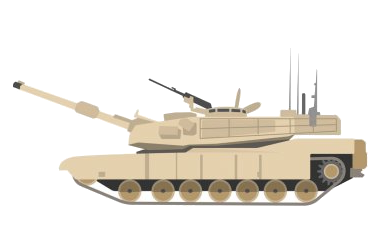

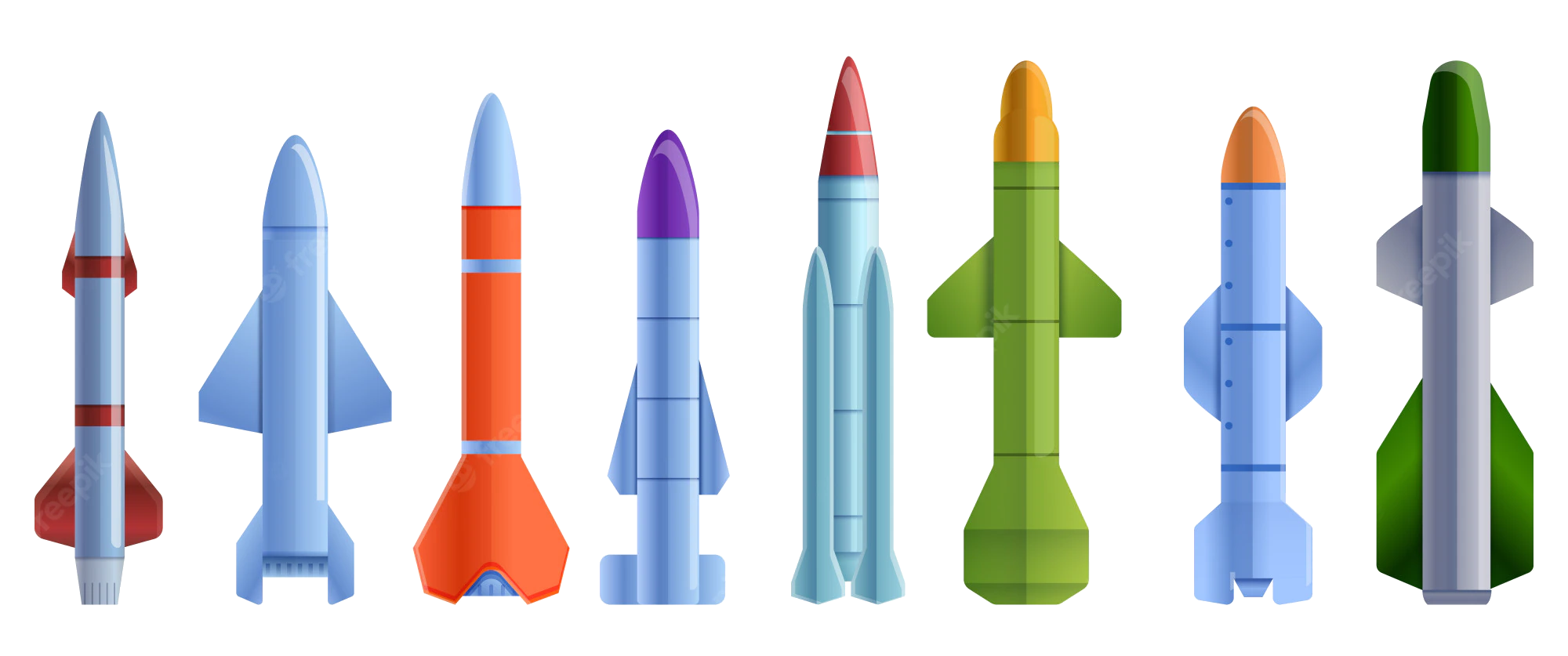 Military, defense and equipment
Military, defense and equipment

 Ships and Nautics
Ships and Nautics

Nuclear Battery
The public is familiar with nuclear energy in nuclear power plants but not in batteries. Nuclear batteries are in fact closer to nuclear power plants than traditional batteries in that they use radioactivity to generate power instead of storing an amount of charge. When compared to chemical batteries, nuclear batteries are characterized by higher volumetric energy density (therefore longer battery life) and stronger endurance in harsh conditions. This report will explore the present state of nuclear battery technology and recently discovered possible breakthroughs.
Applications
Space exploration poses unique challenges that are not faced when working with electronics on Earth. It is impossible or extremely costly to access a device once it has been launched into the space. Because only a small percentage of sunlight reaches the outer perimeter of the solar system compared to the orbit of Earth, solar energy is not a practical solution to powering electronic equipments when exploring the outer planets. NASA uses a specific type of nuclear battery technology called Radioactive Thermoelectric Generator (RTG) to power their spacecrafts in missions that last over 10 years.
Implantable medical devices (IMDs) also utilize the unique characteristics of nuclear batteries. Just like in spacecrafts, batteries used to power IMDs must function reliably over a long period of time without being accessed for recharge or maintenance. Unlike in spacecrafts, however, batteries used in IMDs must be limited in size and radioactivity. Hence, a different nuclear battery technology called betavoltaic cell is used in IMDs. Although the technology was invented and widely used for patients in the 1970s, the potential risk of radiation convinced the medical industry to shift to lithium ion batteries in the 1980s. Only with the recent advancement in safety of nuclear batteries, the option with a considerable advantage in battery life is being reconsidered.
The United States Department of Defense requires that every missile and aircraft be equipped with an anti-tamper protection such that the technology cannot be reverse-engineered by others. Because a single instance of battery malfunction can wipe the memory circuit's configuration, batteries used in anti-tamper system must withstand temperatures between -65 and +150 degrees Celsius, high-frequency vibrations, and high humidity. [1] Lockheed Martin Missiles and Fire Control, therefore, uses nuclear batteries to power the anti-tamper system under harsh conditions and prolonged usage. [1]
Radioactive Thermoelectric Generator (RTG)
Radioactive Thermoelectric Generator uses heat generated spontaneously from radioactive substances. The technology requires a large space to capture escaping heat inside semiconductors effectively. The shortcomings of RTG technology are its poor efficiency of 6%, its low power density, and its large size. [2]
NASA calls their technology Multi-Mission Radioisotope Thermoelectric Generator (MMRTG), and in 2016, NASA announced the next generation Enhanced Multi-Mission Radioisotope Thermoelectric Generator (eMMRTG). As Fig. 1 illustrates, eMMRTG improves the original MMRTG with a new thermoelectric technology called Thermoelectric Couple Assembly. eMMRTG's improved efficiency will also help NASA save plutonium which is in extreme shortage in the United States.
Betavoltaic Cells
Betavoltaic cells, also known as betavoltaic devices, are a nuclear battery technology used in small devices that cannot use Radioactive Thermoelectric Generators. Betavoltaic cells utilize beta-decay of isotopes such as tritium. Tritium is a byproduct of nuclear power plants, so manufacturing betavoltaic cells with tritium is an excellent way to turn nuclear wastes into useful goods. [3] The shortcoming of betavoltaic cells in, comparison to chemical batteries, is the low power output. According to Jonathane Greene, the CEO of Widetronix which manufactures betavoltaic cells, a package that is one centimeter-squared wide and two-tenths of a centimeter tall generates one microwatt of power. [1] In comparison, a smartphone using 50% CPU, Wi-Fi connection, and white display will use 1857 mW, so a nuclear battery is not suitable for consumer electronics. [4]
Aqueous Nuclear Battery
Baek Hyun Kim and Jae Won Kwon at University of Missouri published a paper in 2014 proposing one possible next generation nuclear battery technology. Aqueous Nuclear Battery, which is also known as water-based nuclear battery, uses liquid medium for radiolysis, absorbing the kinetic energy of beta particles which is lost in betavoltaic cells. In Kim and Kwon's design using nanoporous titanium dioxide semiconductors coated in platinum, a high efficiency of 53.88% was reached at a potential of 0.9 volts. [5] Using an aqueous solution for radiolytic energy conversion results in higher energy level and lower temperature than using a solid state material does.
Diamond Nuclear Battery
The University of Bristol posted a press release in 2016 introducing another possible next generation nuclear battery technology using carbon isotopes in the form of diamonds. Nuclear power generation produces radioactive waste that cannot be easily disposed. In United Kingdom alone, 95,000 tons of radioactive C-14 are deposited and decaying. Researchers at the University of Bristol discovered a way to heat and gasify the radioactive C-14 concentration on the surface of deposited nuclear graphite wastes, and condense the gas into artificial diamonds. A man-made diamond generates an electric current when placed in a radiation field, and a diamond made of C-14 produces a radioactive field spontaneously. Hence, the diamond battery can create a constant electric current as long as it remains radioactive. Although C-14 can deliver only 15 joules per gram (compared to 700 joules per gram of standard alkaline battery), the C-14 diamond battery can generate power for 7746 years before reaching 50% charge (compared to a single day usage of standard alkaline battery). The C-14 diamond can be encapsulated in a non-radioactive diamond shell which will block all radiation and protect the battery under harsh conditions. [6] The resulting battery is made of the hardest material on Earth, so the industry might finally overcome the psychological resistance of sensitive clients such as patients using IMDs.
Conclusion
Nuclear batteries remain impractically expensive and slow to power consumer products. Furthermore, an essential ingredient of nuclear batteries is the waste from nuclear power plants, so the nuclear battery industry depends on that of the nuclear power plant. However, new technologies that allow for smaller, safer, more efficient, and longer-lasting nuclear batteries suggest a bright future for nuclear battery products in above-stated niche markets. When the cost of manufacturing nuclear batteries decreases, low-power internet-of-things devices could also be powered cord-free for thousands of years with a single charge using this revolutionary technology one day.
© Junwon Park. The author grants permission to copy, distribute and display this work in unaltered form, with attribution to the author, for noncommercial purposes only. All other rights, including commercial rights, are reserved to the author.
References
[1] K. Bourzac, "A 25-Year Battery," Technology Review, 17 Nov 09.
[2] M. A. Prelas et al., "A Review of Nuclear Batteries," Prog. Nucl. Energ., 75, 117 (2014).
[3] V. M. Efremenkov, "Radioactive Waste Management at Nuclear Power Plants," IAEA Bulletin, March 1989, p. 37.
[4] B. A. Naik and R. K. Chavan, "Optimization of Power Usage of Smartphones," Int. J. Comput. Appl. 119, 7 (2015).
[5] B.H. Kim and J. W. Kwon, "Plasmon-Assisted Radiolytic Energy Conversion in Aqueous Solutions," Sci. Rep. 4, 5249 (2014).
[6] D.T. Connor, P. G. Martin, T. B. Scott, "Airborne Radiation Mapping: Overview and Application of Current and Future Aerial Systems," Int. J. Remote Sens. 37, 5953 (2016).

 Energy resource
Energy resource

 Energy resource
Energy resource
 *Nuclear power
*Nuclear power
 Flugzeugträger
Flugzeugträger
 Gerald-R.-Ford-class
Gerald-R.-Ford-class
 Flugzeugträger
Flugzeugträger
 Nimitz-class
Nimitz-class



 Aerospace
Aerospace

 Ships and Nautics
Ships and Nautics

 Science and technology
Science and technology



核化学(英语:Nuclear chemistry,又称为核子化学)是研究原子核(稳定性和放射性)的反应、性质、结构、分离、鉴定等的一门学科。例如,研究不同的次原子粒子怎样共同形成一个原子核以及研究原子核之中的物质究竟是如何变化的。
Die Kernchemie, auch Nuklearchemie genannt, ist wie die Radiochemie der Teil der Chemie, der radioaktive Stoffe zum Gegenstand hat. Insbesondere befasst sie sich mit der technischen Durchführung von Analysen und Synthesen unter Beachtung des Strahlenschutzes und oft knapper Zeitvorgaben. Anwendungsgebiete sind die Grundlagenforschung, die industrielle Produktion, die medizinische Diagnostik und Therapie (siehe Nuklearmedizin) und die Umweltanalytik.


Organisation einer typischen eukaryotischen Tierzelle:
1. Nucleolus (Kernkörperchen)
2. Zellkern (Nukleus)
3. Ribosomen
4. Vesikel
5. Raues (Granuläres) ER (Ergastoplasma)
6. Golgi-Apparat
7. Cytoskelett
8. Glattes (Agranuläres) ER
9. Mitochondrien
10. Lysosom
11. Cytoplasma (mit Cytosol und Cytoskelett)
12. Peroxisomen
13. Zentriolen
14. Zellmembran
Ribosomen sind die makromolekula
动物细胞的基本结构:
ren Komplexe in Zellen, an denen Proteine hergestellt werden. Hierbei wird die Nukleotidsequenz (Basensequenz) eines Messenger-Ribonukleinsäure-Einzelstrangs (mRNA) in die Aminosäurensequenz der Polypeptidkette eines Proteins übersetzt. Diese Umwandlung der in der RNA gespeicherten Information in eine Abfolge von verknüpften Aminosäuren heißt Translation (lateinisch für Übersetzung) und ist in allen Lebewesen ein zentraler Bestandteil der Proteinbiosynthese.[1] Die dabei wirksame Übersetzungsregel wird als Genetischer Code bezeichnet. In der Zelle geschieht die Translation, nachdem die in der Abfolge von Basenpaaren des DNA-Doppelstrangs niedergelegte Erbinformation eines Gens in die Sequenz des mRNA-Einzelstrangs umgeschrieben worden ist.
Ribosomen sind aus Ribosomaler RNA, englisch Ribosomal ribonucleic acid (rRNA) und Proteinen (rProtein, auch r-Protein[2][3][4]) aufgebaut und finden sich im Cytoplasma sowie in Zellorganellen, die aufgrund ihres endosymbiotischen Ursprungs eine eigene Maschinerie zur Proteinbiosynthese besitzen, wie den Mitochondrien und Chloroplasten. Auch bei einigen Viren sind in den Viruspartikeln Ribosomen enthalten, die von den Wirtszellen stammen, ohne dass sie in diesen eine Funktion erfüllen; beispielsweise sorgen diese bei den Arenaviren für das „sandfarbige“ Aussehen (lateinisch arena ‚Sand‘).
核糖体(ribosome),旧称“核糖核蛋白体”或“核蛋白体”,是细胞中的一种细胞器[1][注 1],由一大一小两个亚基结合形成[2],主要成分是相互缠绕的RNA(称为“核糖体RNA”,ribosomal RNA,简称“rRNA”)和蛋白质(称为“核糖体蛋白质”,ribosomal protein,简称“RP”)。核糖体是细胞内蛋白质合成的场所,能读取信使RNA核苷酸序列所包含的遗传信息,并使之转化为蛋白质中氨基酸的序列信息以合成蛋白质[3]。在原核生物及真核生物(地球上的两种具有细胞结构的主要生命形式,前者可细分为古菌、真细菌两类)的细胞中都有核糖体存在。一般而言,原核细胞只有一种核糖体,而真核细胞具有两种核糖体(线粒体和叶绿体中的核糖体与细胞质核糖体不相同)。
核糖体在细胞中负责完成“中心法则”裡由RNA到蛋白质这一过程[4],此过程在生物学中被称为“翻译”。在进行翻译前,核糖体小次單元会先与从细胞核中转录得到的信使RNA(messenger RNA,简称“mRNA”)结合,再结合核糖体大次單元构成完整的核糖体之后,便可以利用细胞质基质中的转运RNA(transfer RNA,简称“tRNA”)运送的氨基酸分子合成多肽[5]。当核糖体完成对一条mRNA单链的翻译后,大小亚基会再次分离。
英语中的“核糖体”(ribosome)一词是由“核糖核酸”(“ribo”)和希腊语词根“soma”(意为“体”)组合而成的。

核医学是医学和医学影像学(医学成像)的一个分支,其利用物质的核特性来进行诊断和治疗。更为具体地说,核医学是分子影像学的组成部分,因为其产生的是那些反映细胞和亚细胞水平上所发生的生物学过程的图像。
常见的核医检查有:心肌灌注扫描、骨骼扫描、正电子造影。
Nuklearmedizin ist die Anwendung von offenen Radionukliden zu diagnostischen und therapeutischen Zwecken.[1] Sie umfasst zudem die Anwendung weiterer radioaktiver Substanzen und kernphysikalischer Verfahren zur Funktions- und Lokalisationsdiagnostik und den Strahlenschutz mit seinen physikalischen, biologischen und medizinischen Grundlagen.
 Breakthrough Prize
Breakthrough Prize
 Breakthrough Prize in Life Sciences
Breakthrough Prize in Life Sciences
 International Council for Science,ICSU
International Council for Science,ICSU
 Mitgliedstaaten
Mitgliedstaaten

 Science and technology
Science and technology
 Asian city
Asian city




 History
History
 Education and Research
Education and Research
 Important disciplines
Important disciplines
 Art
Art
 Illinois-IL
Illinois-IL
 Hand in Hand
Hand in Hand